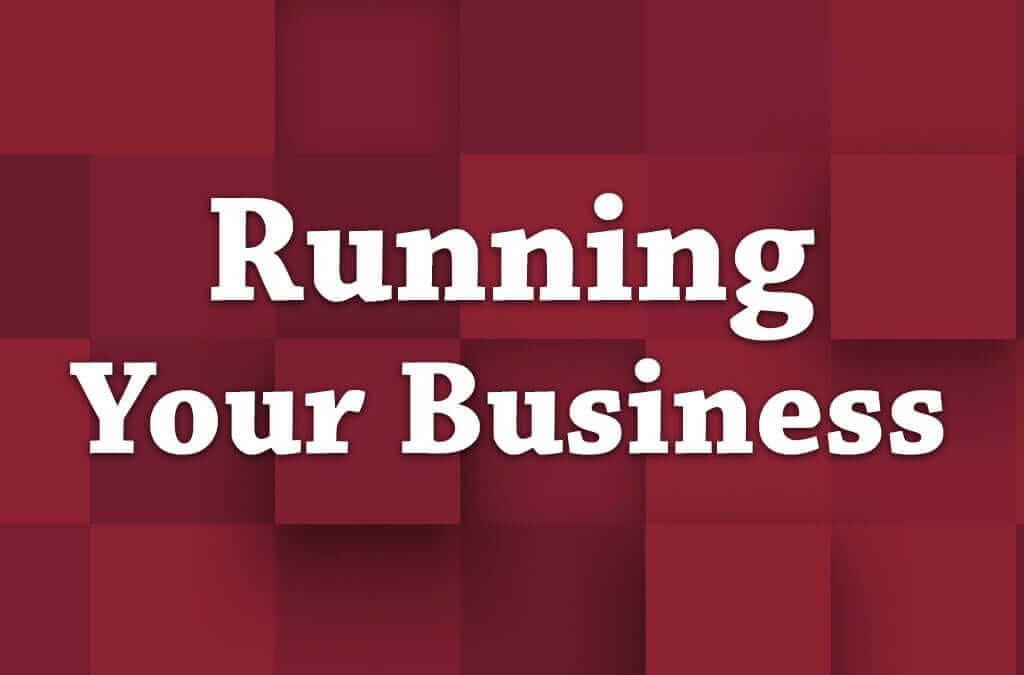When you start recruiting employees, you set out to find the ones that will be the best fit for both the position and the company. Interviews and a probationary period usually provide enough information to know you have made the right choice. However, new hires will not always feel the same as you do. After they have spent some time with the company, recent recruits might find that it isn't the job that they thought they wanted. In that case, you may find yourself starting up the hiring process again. Unfortunately, this can be detrimental to your business banking account, which means you should try your best to keep employees happy.
What cause employee turnover?
According to a recent report from the U.S. Department of Labor's Bureau of Labor Statistics, there were 4.9 million separations in June. Of those, more than half were voluntary. There is no one reason that employees leave a company. Each person may have a different motivation for quitting. However, that doesn't mean employers shouldn't do what they can to keep workers on their staff. They should look at why people give their notices, and then work on improving those areas.
- Poor management
Sometimes, it doesn't matter how good the job is. If an employee can't get along with his or her direct manager, he or she may start looking for employment elsewhere. While it may just be a case of conflicting opinions if one or two workers from a certain team quit, it could be a more serious problem, according to CIO. One bad manager could hurt the rest of the company. If you find a lot of employees quitting and they're all from the same department, you may need to reevaluate your management's leadership. - Salary
According to a survey by Namely, there is an ideal salary range, and it may not be what most people think. More is not always better. In fact, nearly 80 percent of respondents who make between $80,000 and $100,000 are likely to be with their current employer after two years. Anything higher than that gives workers too many options and lower than that range may make employees feel undervalued. Because of this, they are 45 percent more likely to leave after two years. - No career advancement
When people take a job, they expect that they'll eventually be able to move up in the company. However, they sometimes get stuck in the same positions long after they've excelled in their responsibilities. This will cause them to look elsewhere for better opportunities. You should be willing to work with employees to help them move up the corporate ladder, CIO suggested. Give them responsibilities that will mold them into the leaders they want to be.
How do workers leaving affect your business?
Unfortunately, employee turnover leaves businesses with a lot more than open positions. It also leaves them with added costs. According to a 2013 survey from Millennial Branding and Beyond.com, The Career Network, 87 percent of companies spend between $15,000 and $25,000 per person to refill positions. The report also found that more than 60 percent of millennials leave their employers within three years.
Of course, not all of these numbers are true for every company. You can determine your added expenses to your financial plan by taking the average salary, adding the benefits and multiplying it by 25 percent, The Huffington Post explained. You can then multiply that product by the number of employees separating from the business to determine the total costs of turnover.
According to respondents to Millennial Branding and Beyond.com's survey, training millennials accrue the most expenses, followed by the costs of interviewing, job postings and on boarding. However, losing employees may be even more costly. Positions can go unfilled for weeks, which leave the business with backlog and current employees with added stress.
 Employee turnover adds up, costing thousands of dollars to refill positions.
Employee turnover adds up, costing thousands of dollars to refill positions.How can you get employees to stay?
Because of the expensive state of employee turnover, it's important to have a retention program in place to keep your staff on board. This can come in a variety of formats, all of which will have a positive effect on the culture of your company and the happiness of its employees.
- Provide incentives
While salaries and benefits may seem like reasons enough to come into the office in the morning, they aren't what motivate employees to do their best work. They're going to earn the same amount of money no matter how hard they work. However, incentives may encourage them to put forth their best effort, Entrepreneur contributor Jill Schiefelbein explained. These don't even have to be rewards that you need to work into your financial plan. Consider doling out extra time off, additional educational programs for those who want them or opportunities to choose their next projects. - Give feedback
People like to know they're appreciated, and this goes for your workers as well. If they feel like their work isn't valued, they may start to look for jobs where it will be. This lack of gratitude can also lead to disappointment, stress and decreased productivity, according to Shiefelbein. Instead, share your appreciation and be open with feedback. If an employee did a good job, let him or her know. A gesture as simple as saying "thank you" or "great job" will go a long way toward motivating your staff and making them feel welcomed. - Improve employee interaction
If people don't have friends at work, they aren't going to be happy. Their days will consist of sitting at their desks and staring at their computers. While this may help productivity, it's not going to improve retention rates, The Startup Magazine explained. Employees need a sense of belonging and friendship to feel comfortable, and unless they have that at your company, they're going to leave. Give them opportunities to get to know one another. This could be a group lunch or after-work drinks.
Losing employees can be difficult for a business. However, if you understand why people leave and have the right programs in place, you'll be able to counteract those turnover rates.

